Kisumu Area Library: A Potential Gem Dimming in the Shadows of Neglect
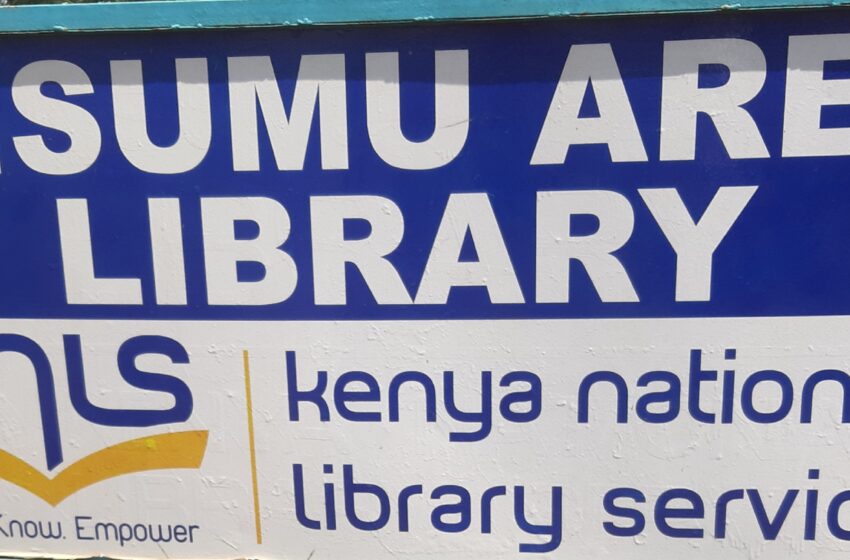
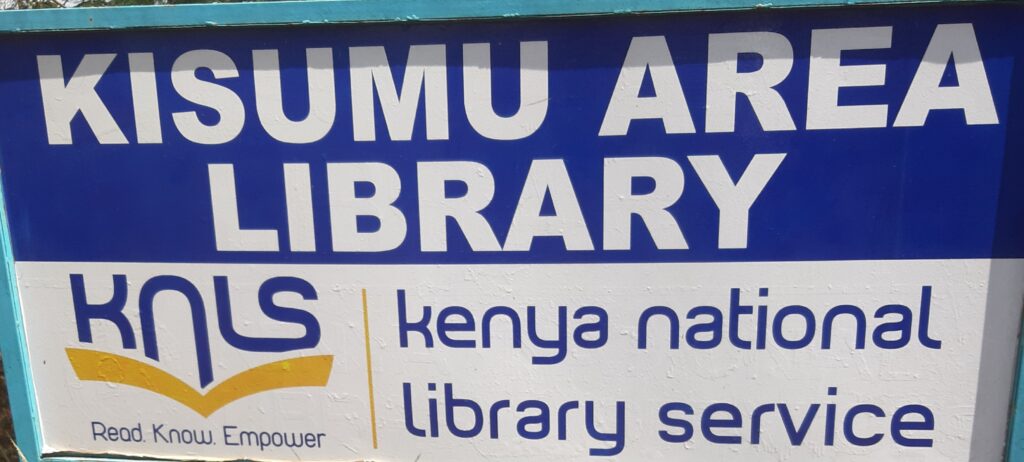
I’ve always been one of those people who finds solace in libraries, the quiet nooks where knowledge blooms and ideas take root. While most folks are hunting for the nearest pub, movie theatre, or shopping mall when they land in a different place, I’m on the lookout for the local library. In December, my travels took me to Kisumu, where I was eager to reconnect with the library that had once been my academic sanctuary.
Now, for many, the allure of the lakeside city is the sound of Ohangla music blaring from lively bars or the clink of ice in a cocktail glass or the sight of well-defined women derriere – which by the way, every single female in this town has – you might think the mothers use a template to make the structures. But for me, it’s the stillness of a library, the promise of undisturbed time to think, read, and write. So, after a few days of enjoying the serene lake views, I decided it was time to visit the Kisumu National Library. A stone’s throw from the bustling Kisumu CBD, it’s tucked on Ochieng Road, next to the Grace Onyango Center. It lies opposite the RADO Complex, which thrives as a hive of boutiques and eateries.
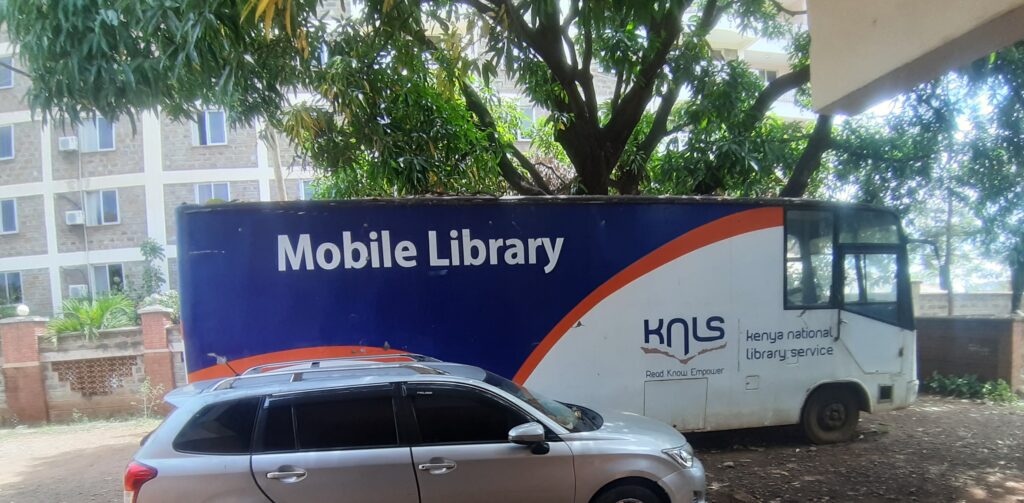
Now, this isn’t just any library. This place has a special history with me. During my undergraduate years, it became my second home. Later, as I pursued my postgraduate studies at the local university, the library’s quiet refuge and trove of research materials helped me with the assignments and dive deep into academic texts.
Back in the day, the place was always buzzing with different activities and people. There were researchers, book lovers, and students who flocked here to immerse themselves in learning. And while the parking lot used to fill up early with people eager to secure a spot, the compound itself was immaculate, with manicured lawns and tidy surroundings.
The library wasn’t just a place to read; it was a cultural hub, hosting artistic events, spoken word nights, and even partnering with the American Embassy to promote local arts. The entire experience felt enriching.

But fast-forward to today, and Kisumu National Library is a shell of its former glory. A ruin. It’s sad, really. As I walked in, the first thing that struck me was the neglect. The compound, once so neat and welcoming, is now overrun with wild, untamed shrubs and unkempt yards. Gone are the days of friendly security checks and polite gestures. In fact, I was allowed to walk right in with my bag – a rarity in most libraries. The once-vibrant spaces are now eerily quiet, with broken windows, flickering lights, and crumbling infrastructure.
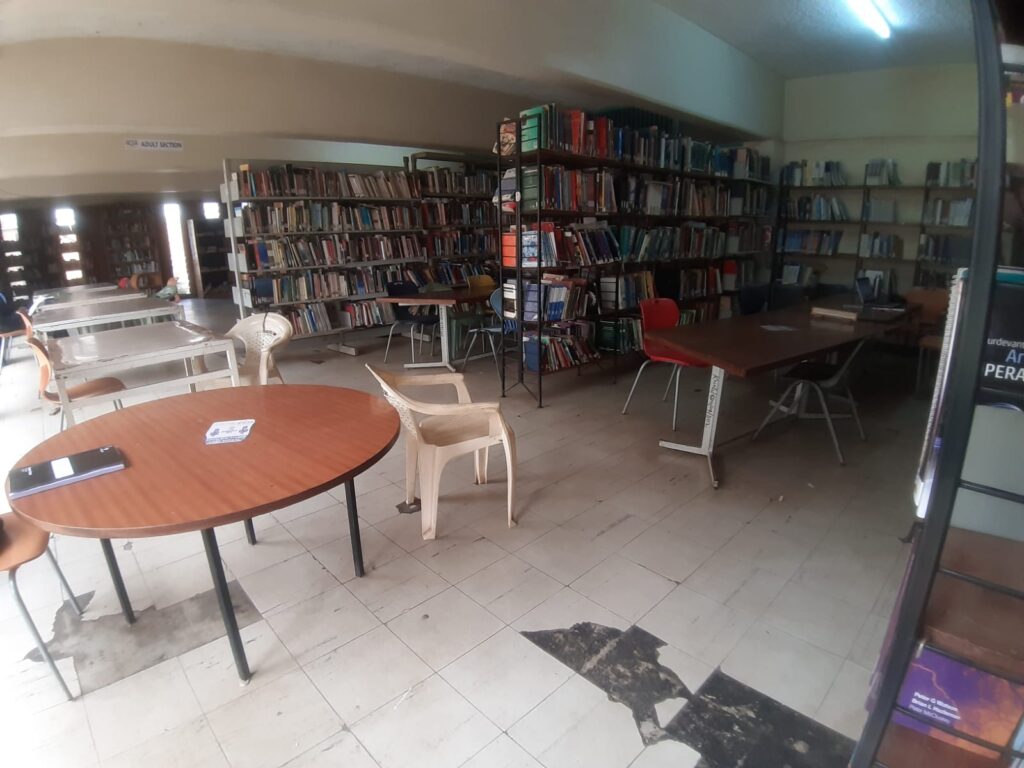

Once inside, I was met with some readers chewing on mahindi choma while escorting the same with unclear liquid.
The restrooms, once sparkling, are now in disrepair, with peeling tiles and broken sinks. The shelves, once lined with fresh publications, now sit vacant, and the most recent newspaper was two weeks old.
This library that was once a beacon of intellectual life is now a hollow monument to what it used to be. A haunting sight.

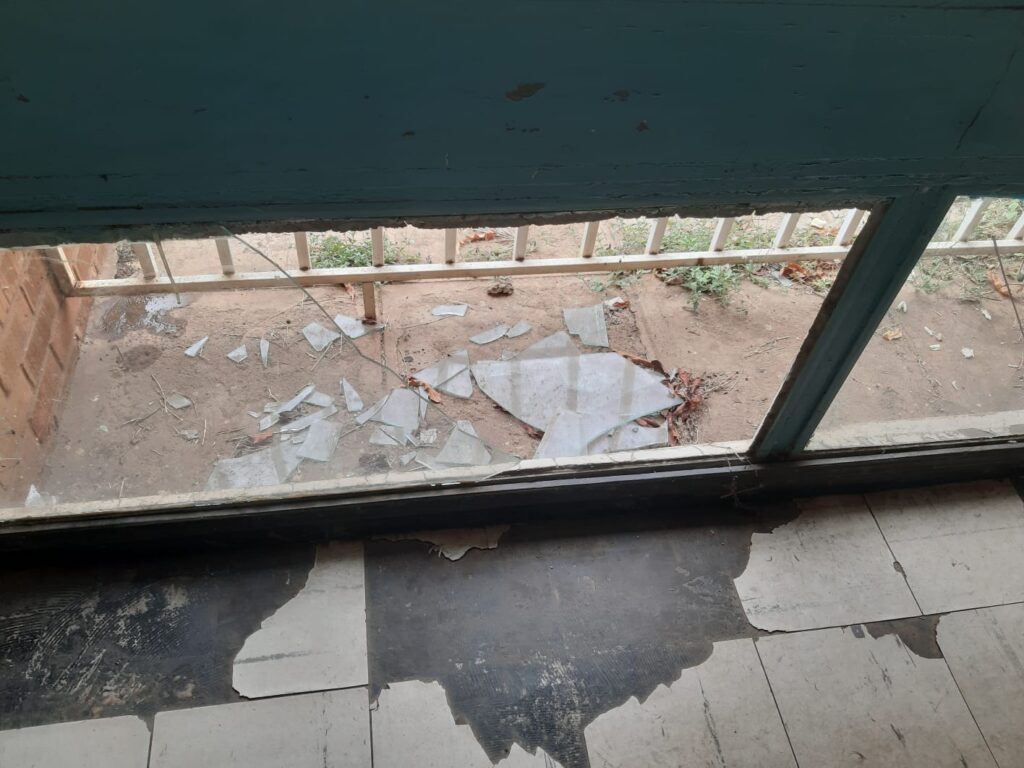
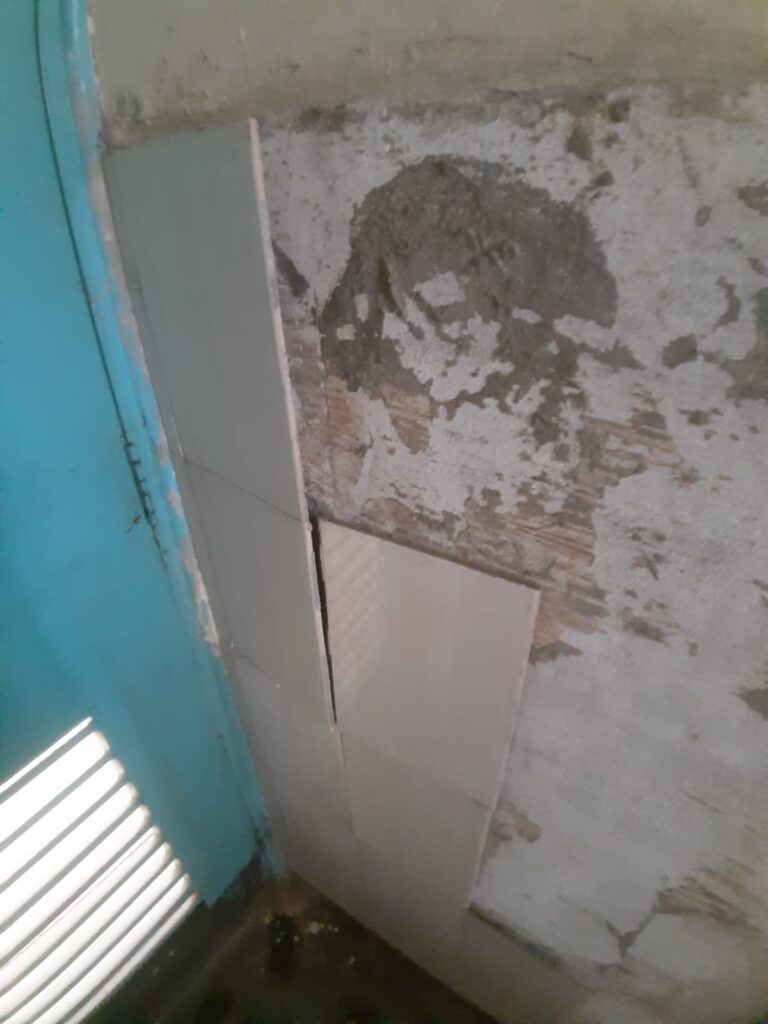
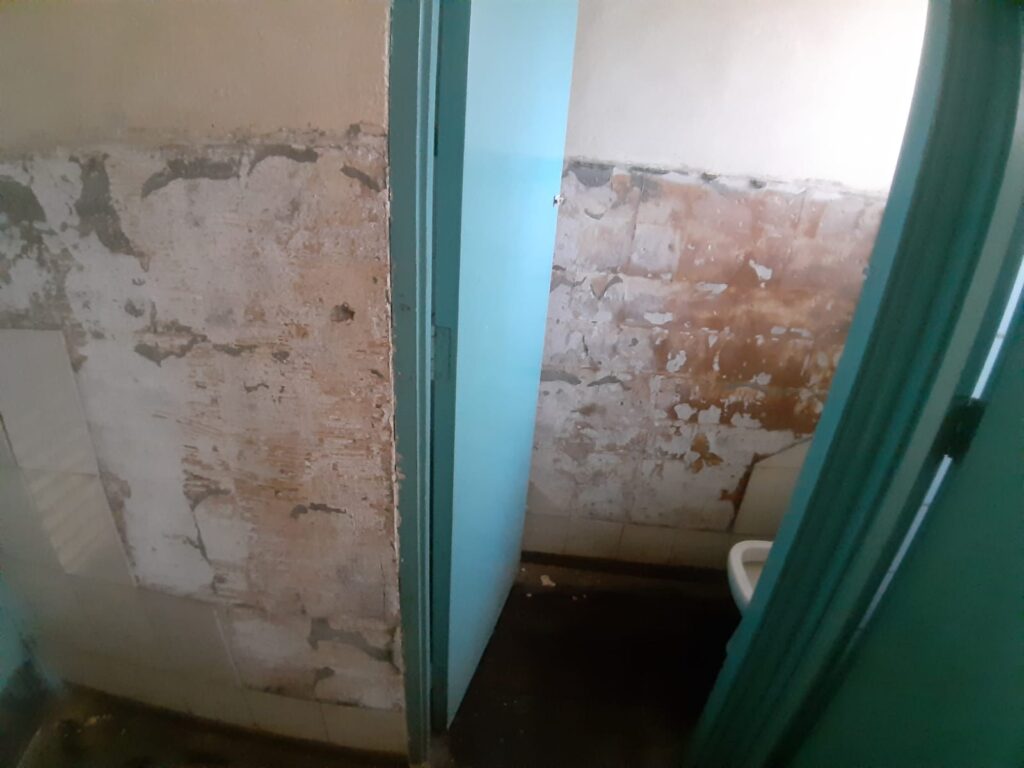
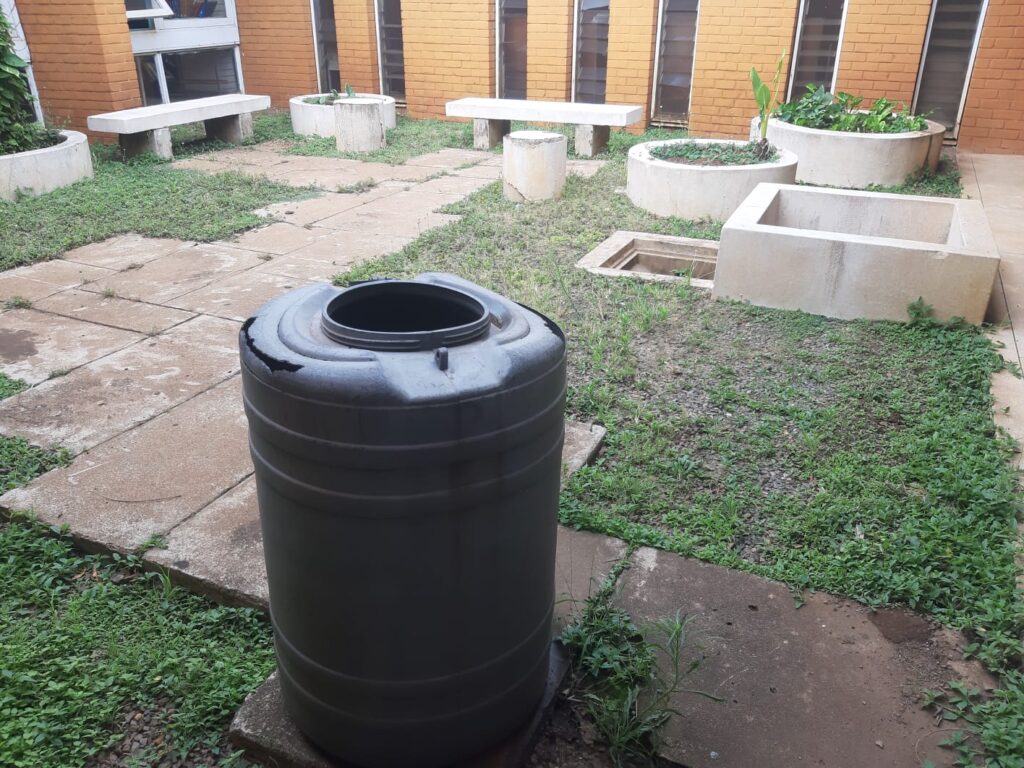
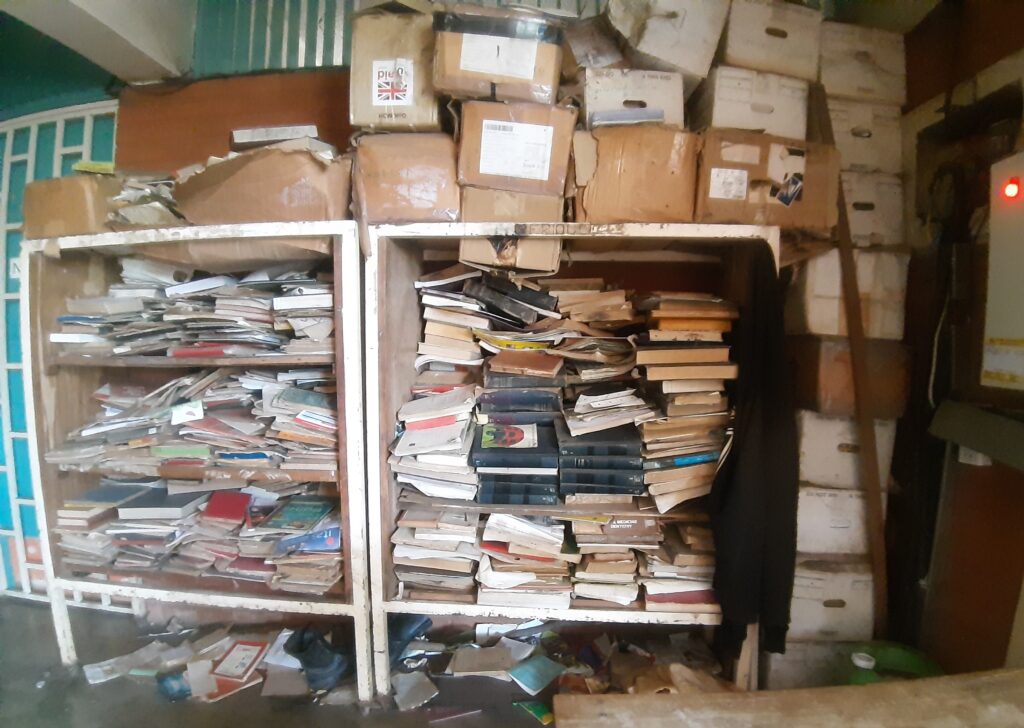
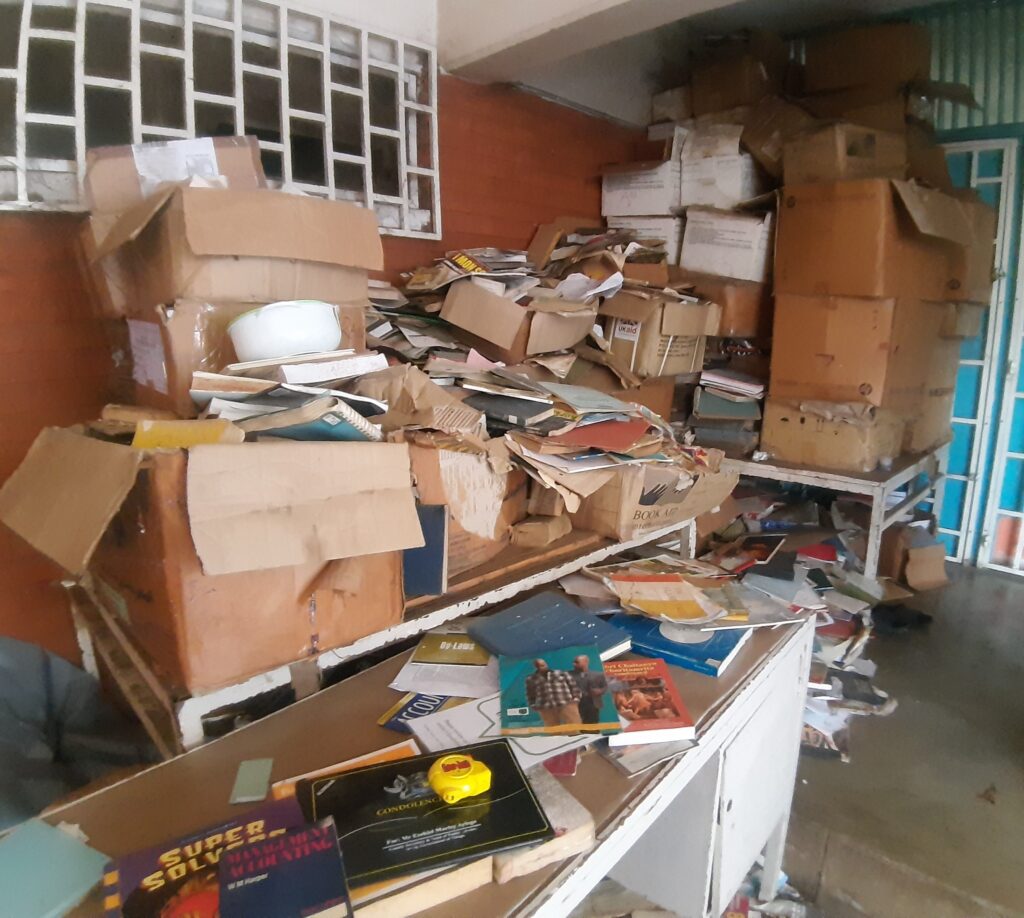
And here’s the kicker: the parking lot? It’s almost entirely empty. Not because there’s no room, but because there’s no interest in the space anymore. You won’t find any new visitors clamouring to get in. The library’s glory days seem like distant memories. And if we’re not careful, this quiet corner of knowledge could fall victim to the same fate as many neglected public spaces—being torn down to make way for another shopping mall or apartment complex.

But I’m not ready to give up hope just yet. There’s still potential here. The library remains stocked with a great selection of books—if you dig deep enough through the disarray. The American Corner, a once-thriving section for young readers and students, is still in decent condition, despite the torn couch greeting you at the door. The space is large, with ample room for more events and activities, and there’s still a treasure trove of untapped resources, from the ICT section to the wealth of literature gathering dust.

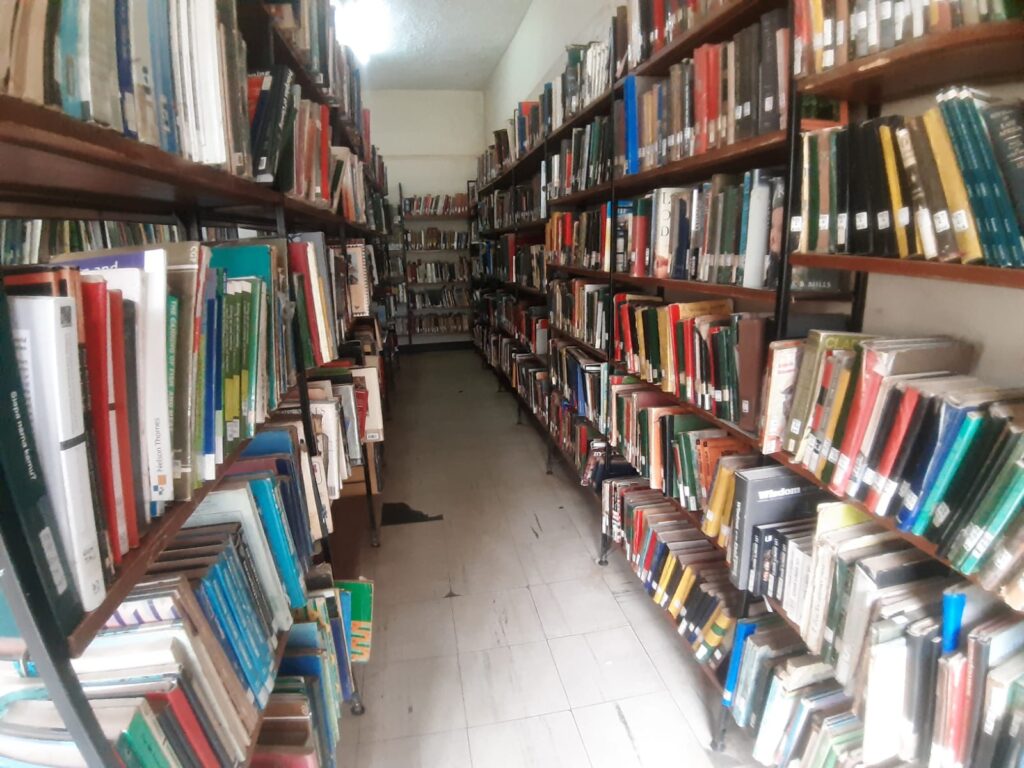
The problem is simple: neglect. The infrastructure is crumbling, the staff are few, and the security is non-existent. But these are all fixable issues. Kisumu County has the chance to breathe new life into this place—to restore it to the vibrant community hub it once was. A little paint, some repairs, a solid security plan, and maybe even some revamped services like printing and internet access could transform this space. And hey, turning the ICT section into a functioning cybercafé could even generate some revenue to fund future upgrades.

If Kisumu’s leadership can take a page out of the playbook used to revitalize the Kisumu Social Hall (remember when it was turned from a rundown hotspot where back street drug dealers peddle cheap drugs and sex workers paraded at night, into a thriving public space under Governor Nyong’o?), the National Library could very well be the next success story.
But if we’re not careful, if the neglect continues, the Kisumu National Library could soon be a fading memory. A sad reminder of what happens when we let the things that matter fall into disrepair. So, what’s next for the Kisumu National Library? That’s up to us. Let’s not let this jewel of knowledge slip quietly into obscurity.
For those who are curious, library services are a devolved service. As part of the process of transferring pending multi-billion devolved powers, the National Government completed the transfer of 61 library services to counties in 2024.
Following the transfer of assets valued at millions of shillings and an additional Sh425 million to cover staff pay, the national government formally turned over the management of library services nationwide to the county governments.


